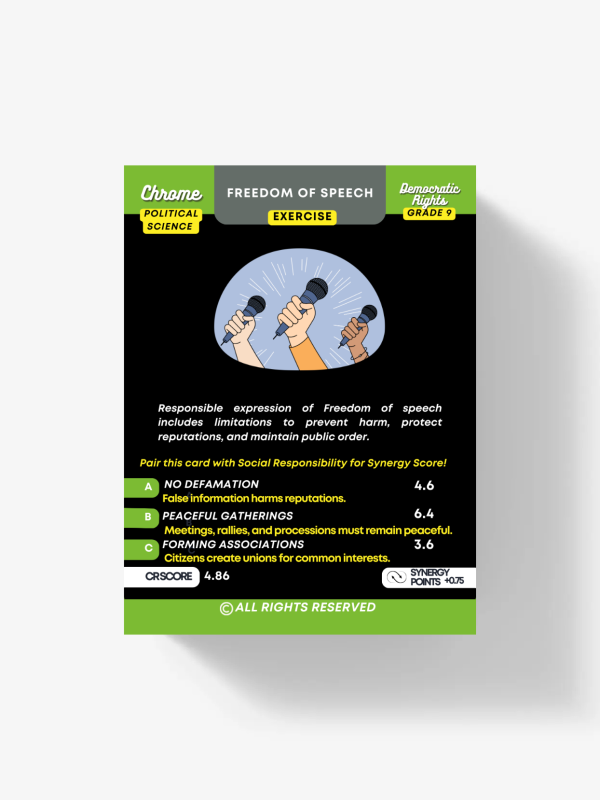your plickards wiki
master your card
Time to study!
Plick.in makes it easy to find your course videos, notes, questions and tests. You can master your card and ace in your school as well!
Our experts find the best material for you so you dont have to!
First solution
Party
hard!
Second solution
Third solution
Fourth solution
Best
choice
Read more…
Click here for more…
Biggest discounts! – Biggest discounts! – Biggest discounts! – Biggest discounts! – Biggest discounts! – Biggest discounts! – Biggest discounts!
Let’s have more fun!
Some icons
Still here?!
First icon
Second icon

